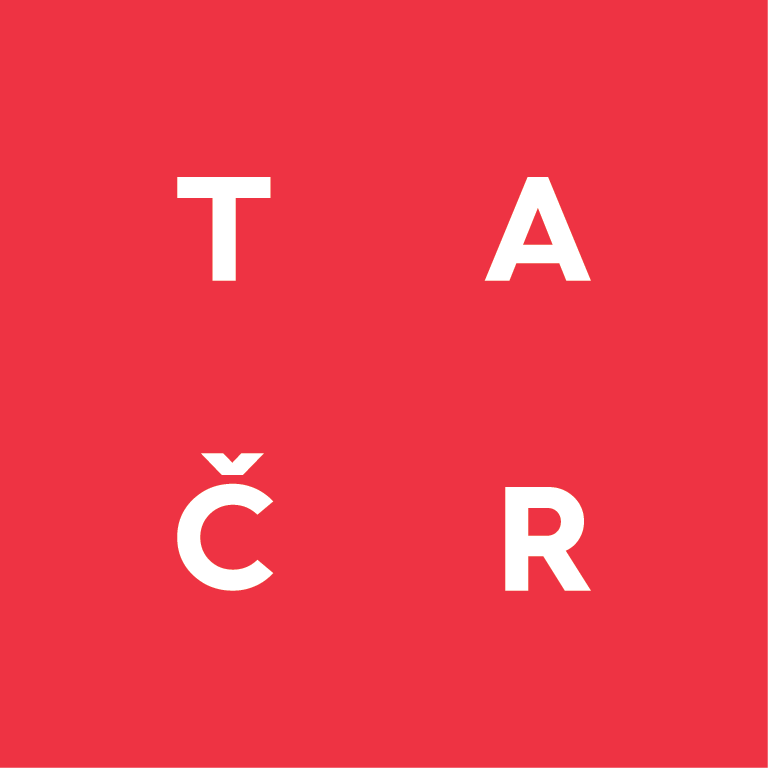This website uses cookies so that we can provide you with the best user experience possible. Cookie information is stored in your browser and performs functions such as recognising you when you return to our website and helping our team to understand which sections of the website you find most interesting and useful.
Vyhledávání
Optimization
Topological optimization is a discipline that concentrates on finding an optimal part layout in terms of primarily the minimum weight (material saving) or a part’s maximum stiffness, depending on a specific location, and a set of loads, subject to non-breaching the boundary conditions. A mechanical part can also be optimized to achieve the desired value of its own frequency or life cycle. In doing so, the boundary conditions such as maximum part deformation, maximum stress or own frequency are watched. For the optimized part to be produced not only using 3D printing, but also by serial technology (such as injection or casting), the optimization software includes a number of parameters, taking into account the required production technology. This involves the possibility to determine the minimum and maximum thickness of the part wall, the location of the parting surface, and the opening direction of the mould or a requirement on the symmetry of a part.
As soon as the optimization process is successfully complete, a tool for creating smooth shapes of the optimized part is used to transfer the resulting shape into the CAD system. A handy option here is the ability to create NURBS surfaces, using PolyNURBS. Then, from surfaces created in such a way, it is already possible to generate an output file, which is suitable for importing the data into the CAD system to be further processed.
The other kinds of optimization include, for example, topographic optimization, dealing with the creation of protrusions and reinforcements for thin-walled parts to increase stiffness and material saving; size optimizations, which is used to find optimal sheet metal part thickness or structural optimization for 3D printing, which takes into consideration the properties of parts created by 3D printing from the point of view of material saving and a part’s mechanical properties.
How does topological optimization work in practice?
Topologická optimalizace
Topologická optimalizace umožňuje efektivnější využití materiálu při mechanické zátěži a jeho použití pouze tam, kde je opravdu potřeba.


 The NCK for MATCA is supported by the
The NCK for MATCA is supported by the